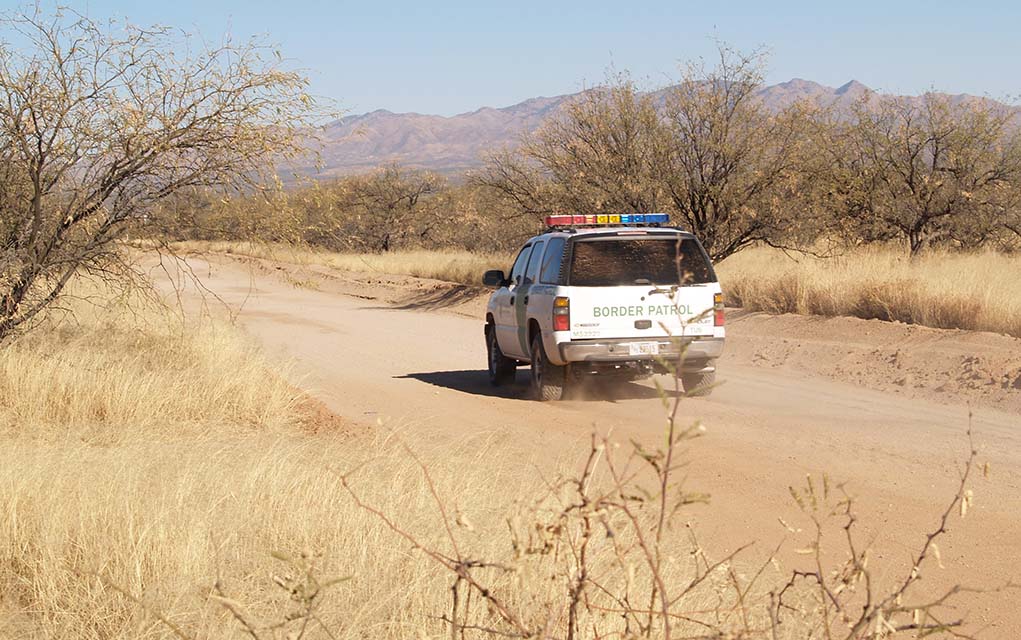TUCSON – This past summer Tucson Sector Border Patrol abandoned its catch and release policy in favor of presenting first-time illegal alien border crossers apprehended in Nogales, Ariz. to the U.S. Attorney’s Office for criminal prosecution.
Previously, those arrested for illegally crossing into the United States for the first time were often given a slip of paper with a date to appear in court and released.
During the month of October alone, more than 200 people arrested for crossing illegally in the Nogales corridor, many of whom were first-time offenders, were found amenable for prosecution.
Illegally crossing the first time results in prosecution for a misdemeanor charge, while multiple crossings are a felony. Additional penalties include a five-year ban from the United States with subsequent illegal entries increasing that ban to 20 years and then a lifetime ban.
Enforcing the law with criminal prosecution is intended to discourage illegal entry and prevent injury and death to those attempting to cross the border illegally within the Tucson Sector’s area of operations.
Neighboring sectors that have implemented similar programs have seen a reduction in number of recidivism.
The Department of Homeland Security (DHS) is developing a TV and radio campaign to air in Mexico, similar to the ones the Obama administration aired in Central America in 2014 to urge parents not to allow their children to make the dangerous trek to enter the United States illegally, warning those thinking about illegally crossing into the United States for the first time of the consequences of the new policy.
Meanwhile, the U.S. Customs and Border Protection (CBP) has updated its Request for Information (RFI) to industry on its RFI issued in June 2016 for Biometric Exit Acquisition after conducting four separate biometric field experiments to examine the operational viability of different biometric modalities and traveler processing procedures.
Those experiments included:
1) 1-1 Face Comparison: Collect and match images of travelers in real time to confirm the identity of individuals presenting a passport for admission to the United States.
2) Biometric Exit Mobile (BE-Mobile): Validate the feasibility of collection of departure biometrics using hand-held devices to quantify future exit law enforcement requirements.
3) Pedestrian Entry/Exit: Test the viability of facial and iris image capturen in an outdoor land environment.
4) Atlandta Hartsfield-Jackson Airport Exit Eperiment, Departure Information Systems Test (DIST): Test the viability of facial image capture at the airport departure gate to match travelers against the air passenger manifest.
CBP says it is “committed to delivering a solution at the top gateway airports beginning in 2018 by looking at innovative procurement options including public/private partnerships, smaller procurements and leveraging DHS enterprise capabilities.
“However, it does not envision one large system integrator procurement to support air, land and sea environments.”





